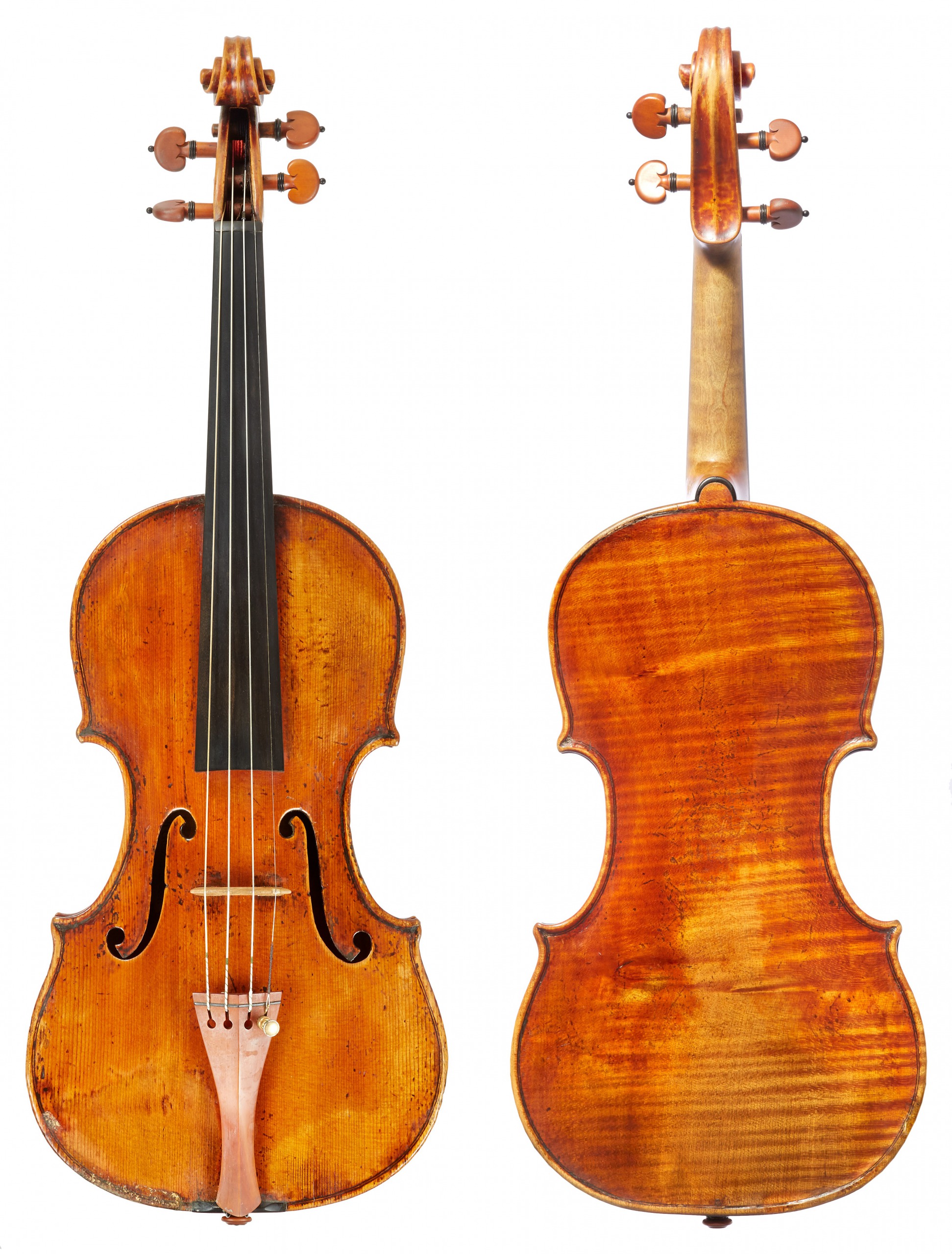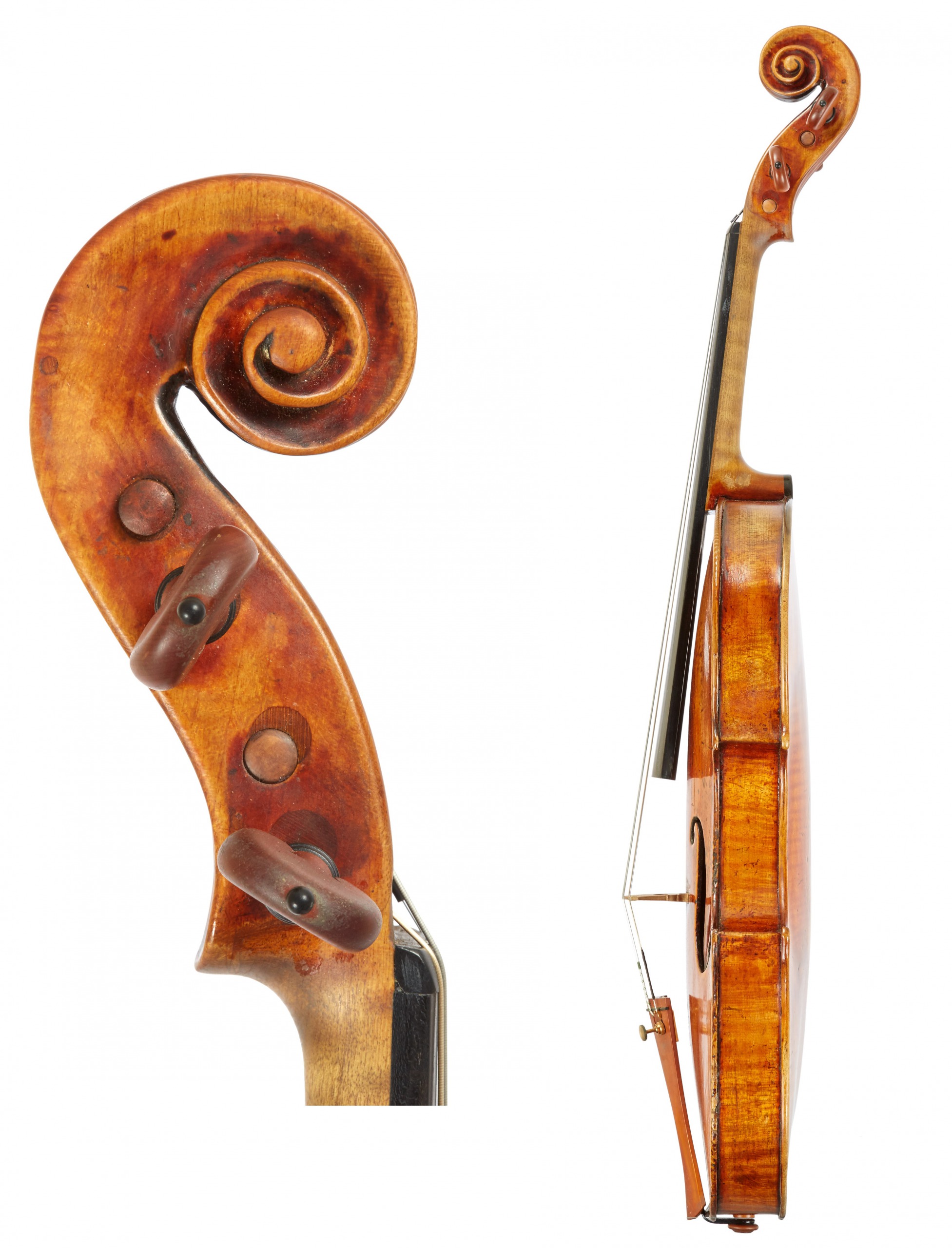â æ¥æã»ææå®ä¼
Closed on Sundays & Mondays
10:30ï½18:30
112-0002 æ±äº¬é½æ京åºå°ç³å·2-2-13 1F
1F 2-2-13 Koishikawa, Bunkyo-ku,
Tokyo 112-0002 JAPAN
å¾æ¥½åé§
丸ã®å
ç·ã4båºå£ã ååç·ã8çªåºå£ã
KORAKUEN Station (M22, N11)
æ¥æ¥é§
ä¸ç°ç·ã»å¤§æ±æ¸ç·ã6çªåºå£ã
KASUGA Station (E07)
- 03-5803-6969+81 3 5803 6969
- 03-5803-6969+81 3 5803 6969
- ãåãåãããã©ã¼ã Inquiry Form ãåãåãããã©ã¼ã Inquiry Form ãåãåãããã©ã¼ã Inquiry Form
- æ¯æ¿ãäºç´ï¼PC & æºå¸¯ããï¼Reservation for Rehairing

Dictionary of Makers
- All
- Violin Maker
- Guarneri 'del Gesu', Bartolomeo Giuseppe
Bartolomeo Giuseppe Guarneri 'del Gesu'
Violin Makerã
1698-1744
CremonaItaly
He reached his pinnacle as a craftsman in the mid-l 730s, and produced some ravishingly beautiful instruments, such as the 'King Joseph' of 1737 (see Peter Biddulph; Giuseppe Guarneri de! Gesu, Vol. L pp. 64-69). The wood of the back of the 'King Joseph' is very similar to that of the 'Pollitzer' on pp. 356-357 and may even come from the same tree. However, it is the later instruments that have come to represent all that is characteristic of del Gesu - the unbridled creativity, the astonishing disregard for the details of workmanship, and the sheer daring of design and construction that are the natural conclusion of the deeply ingrained individuality of the Guarneri family.




